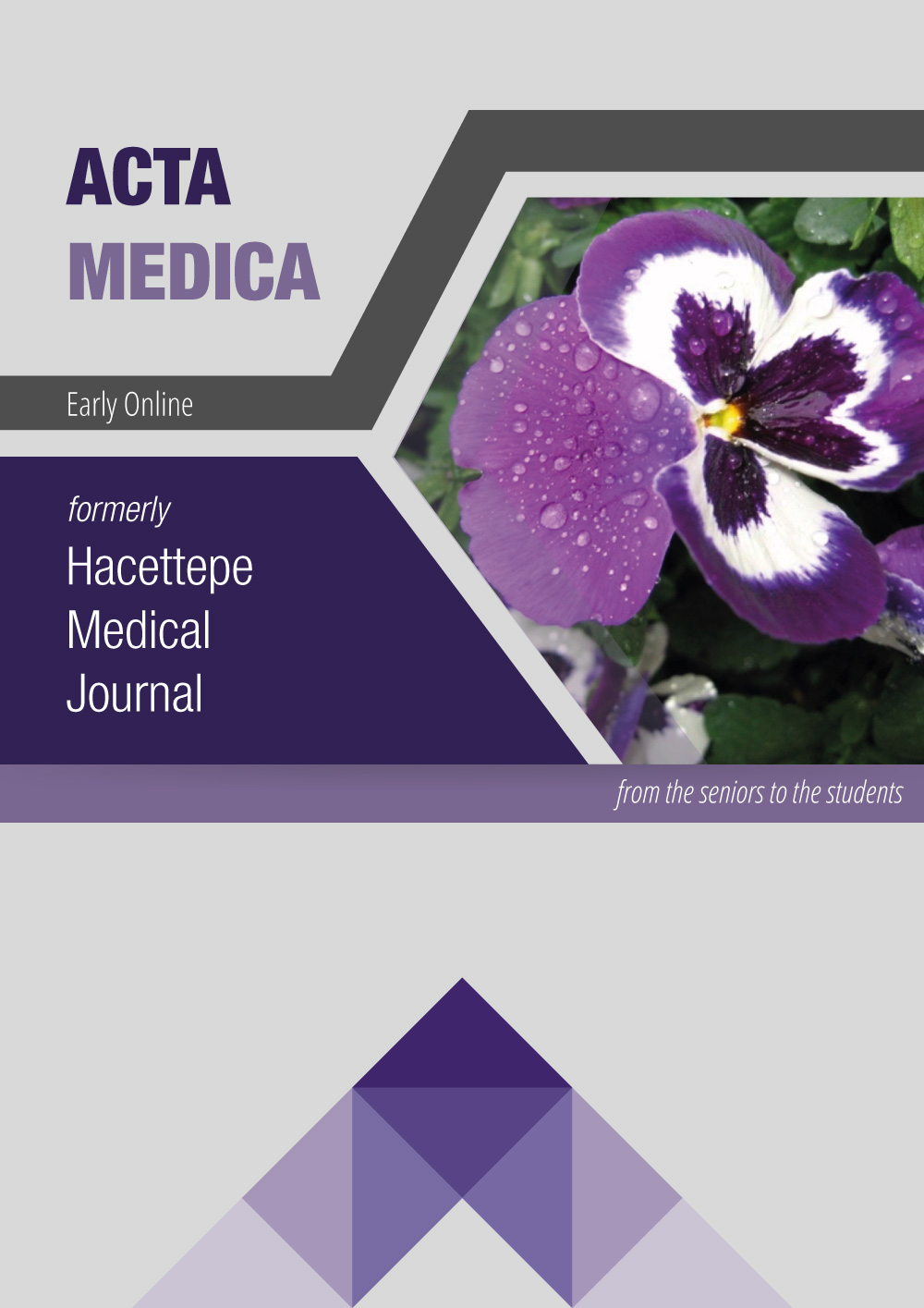Does the implementation of modified early warning scores spare workforce by decreasing the frequency of nurse assessments?
Abstract
Objective: Early warning score based physiological track and trigger systems are used as clinical pathways to recognize and manage the deteriorating pa- tient in a timely manner. We aimed to demonstrate that the utilization of early warning scores would spare workforce by decreasing the frequency of nurse assessments.
Methods: The database of an institutional quality improvement process to implement a modified early warning score (MEWS) based surveillance sys- tem was used. The surveillance algorithm basically led to an increased fre- quency of patient assessment as with increasing MEWS. The total and mean numbers of nurse assessments before and after the implementation of the surveillance algorithm were analyzed retrospectively.
Results: In the acute medical care unit, the mean number of nurse assessment per day decreased by 31.8%. The basal number of nurse assessment per day was much lower in the surgical ward, but still the utilization of MEWS result- ed in a 22.2% decrease. No adverse events occurred during the study period. Conclusion: Implementation of standard algorithm based surveillance strat- egies based on MEWS may help to direct the scarce and extremely valuable sources of workforce to those patients who are more demanding clinically. Those countries and institutions, which aren’t utilizing early warning score surveillance system might benefit from this experience.
Downloads
Downloads
Published
How to Cite
Issue
Section
License
Copyright (c) 2017 Acta Medica

This work is licensed under a Creative Commons Attribution-NonCommercial-NoDerivatives 4.0 International License.


